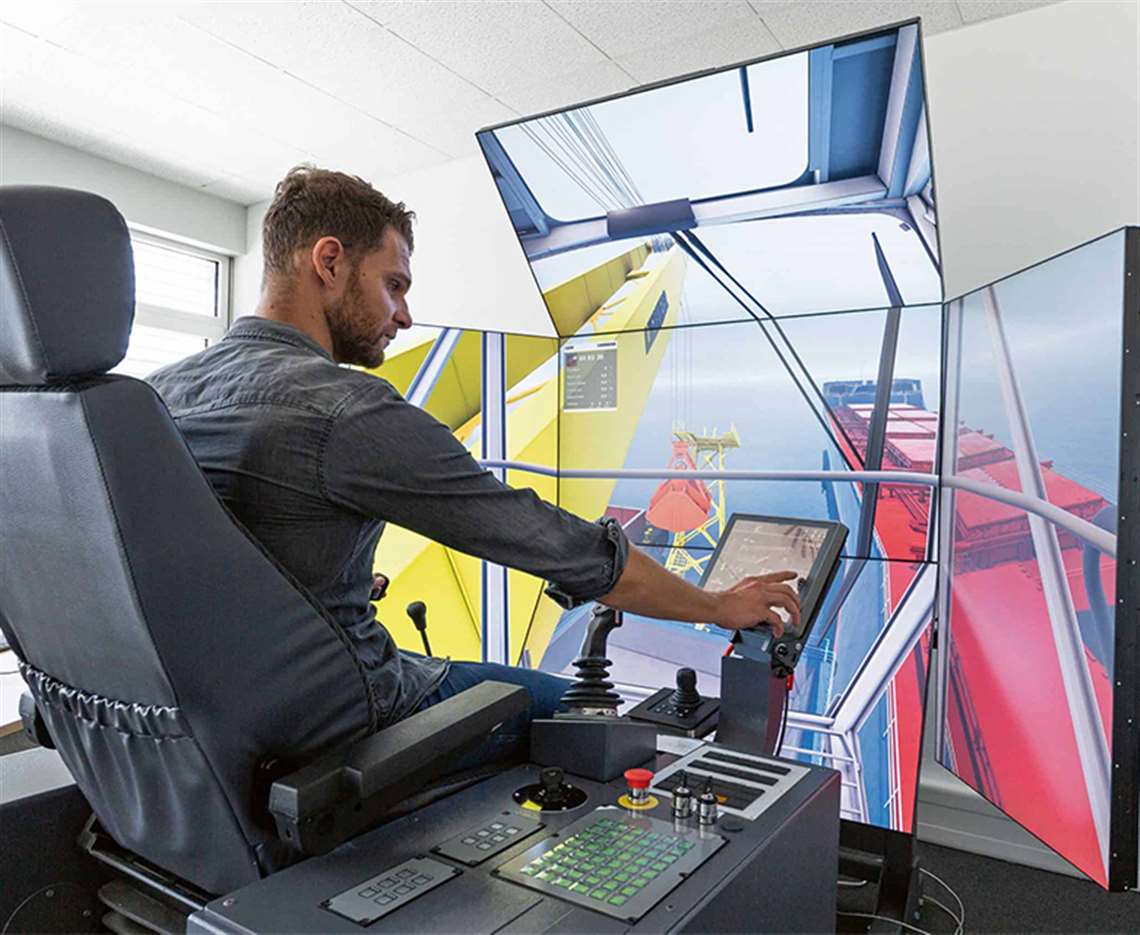Crane training and technology advancements
07 April 2021
Crane safety training is an ongoing process that is constantly evolving. While crane training trends might come and go, one thing remains steady: crane operators and riggers must be appropriately trained and qualified in order to operator a crane or rig a load. Crane certification training, delivered through crane training courses such as NCCCO’s Mobile Crane Operator Course, ensure operators are fit for the job. And let’s not forget, OSHA regulations require crane operators working in construction or performing construction-related activities to be certified through a nationally accredited agency.

Crane certification training
The beginning of a competent and successful crane training program is the use of recognized and accepted rigging and crane literature that is easily understood by the participants. Crane courses should include materials covering basic rigging principles, correct crane setup, signaling between the signal person and the crane operator, OSHA regulations and ASME safety standards, use and inspection of rigging hardware, and sling and hardware capacity tables for selecting the appropriate rigging gear.
Whether you’re looking for NCCCO or NCCER courses, Easybook Training can help you find crane certification training through our easy-to-use booking site. We partner with hundreds of training providers across the U.S. to make searching and securing crane training as simple as clicking a mouse.
Technology’s impact
It goes without saying that technology has changed every facet of how we work, live and play. From ordering pizza on your phone to receiving training through a connected mobile device, technology’s role is ever-increasing in our daily lives. The crane industry is no stranger to this – simulators, operator assistance devices and online training courses have been integrated throughout the industry for years now.
Rigging and crane training has progressed from using only hands-on techniques at construction sites to incorporating simulators in the classroom, and to the most current trends of online, interactive involvement, according to Don Pellow, P.E., Pellow Engineering Services. “While the purpose for training employees in the lifting industry still focuses on safety and correct lifting and handling procedures, the necessary information has become more in-depth with updated and extended OSHA regulations, industry safety standards and new types of lifting devices and rigging hardware. [Crane] training is now more sophisticated and demanding. However, the foundation for thorough and practical training is in the final understanding and applying of safe crane and rigging techniques on the jobsite.”
Having well-trained operators in the seats of cranes is of utmost importance – with safety and efficiency driving innovation.
U.S. crane manufacturer Link-Belt says that listening to customers is key to developing new crane operator technology. It also notes the influence of advancements in software, systems and mechanical technologies – alongside regulations – have had on the development of technology within the crane industry.
For instance, simulator training, used in conjunction with hands-on crane training, builds confidence in using controls and computer systems, affords a clear understanding of crane physics and hones the skills an operator will need to develop proficiency in the necessary skills, such as catching a swinging load.
With the use of simulators, students can learn and prepare for worst case scenarios, which cannot be shown on an actual crane. Simulator training can teach students what caused the potential hazard, how to identify the hazard, how to take the necessary steps to correct a hazard and how to plan precautions to avoid the hazard in the future.
The bottom line
While technology progresses, one thing remains true: crane training, via a classroom course with or without simulators, is not only required, but a key driver in safety and productivity. Head over to Easybook Training to research our available crane courses and instantly book a class. There’s no time like today to stay safe and well-educated.
STAY CONNECTED


Receive the information you need when you need it through our world-leading magazines, newsletters and daily briefings.



